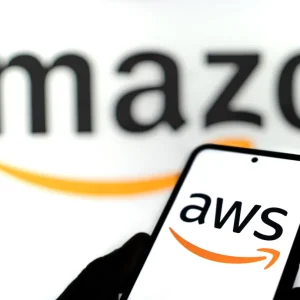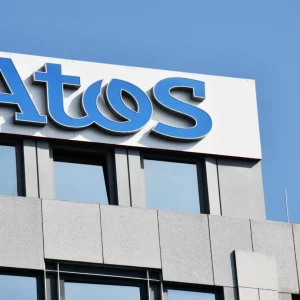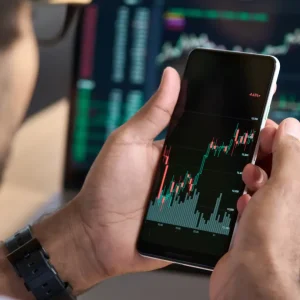The effort to gather Big Data for business intelligence is happening at an ever-quickening pace across many industries, but taking the next step to predictive and prescriptive analytics has been far more challenging.
That is especially true in lodging, a massive $163-billion vertical according to the American Lodging & Hotel Association, and one that has clearly fallen behind the technology curve.
As big as the hotel industry has become, the general business trend over the past two decades has been one of profits shifting toward distribution channel and away from asset owner. Innovative tech companies and online travel agencies like Expedia and Priceline have dominated the customer shopping experience and grown bigger than most hotel companies.
The distribution landscape has become much more complex and hotels have been slow to respond. Many chain companies and individual properties still live in a world of on-premise client-servers and use a multitude of legacy and disparate technology systems.
They in theory work together to facilitate and manage hotel bookings, reservations, on-property management, pricing and customer relationships. In reality, those systems aren’t in sync and in many cases a hotel’s most important decisions are being made by hand and via ad hoc spreadsheets, not modern systems.
It’s no wonder profitability has eroded as customer acquisition costs have soared to 15% to 25% of total revenue, more than four times as high as the airline and rental car industries. The strategy for pricing rooms, the primary source of revenue for the vast majority of hotels and the easiest way to drive bottom-line success, has not kept pace with advances brought on by OTAs and intermediaries like Google and TripAdvisor.
A new crop of companies in the space have set out to change that, with the goal of applying a modern SaaS big data approach to help hoteliers regain their pricing power and profitability.
Lodging, a Unique Challenge
Hotel inventory, unlike retail, is perishable and consumers book rooms days, weeks and months in advance of their stays. The technology used in commerce doesn’t really apply for those reasons. Hotels have traditionally used pace of reservations and historical booking data to infer future demand, but that hasn’t proven to be very predictive. Very little other data has been added to the sales funnel, unlike at places like Amazon, which are constantly analyzing and adding to it.
But there are applicable data sources available that can better predict hotel room demand and conversion. Instead of using only transactional data from a hotel property management system and making assumptions based on that, competitive pricing, airline, weather, social review and ratings and website shopping data can be added to the funnel to gauge the true appetite for rooms in any given market, city and hotel on any future date.
For example, if an airport is five times as compressed compared to the same time as the year before, the funnel can be seen more clearly. Or with web shopping data, if 50 more people are shopping for a specific date compared to a similar date, it’s easier to infer there’s more demand for rooms that day. And if 15 more consumers are booking at a specific price point than is typical, it can be inferred that there is less price sensitivity and rates should be raised.
The math behind this isn’t revolutionary. It’s similar to the algorithms used by online retailers, besides the added complications that come in lodging with the unique booking window, no-shows and cancellations. The data is what’s new. For decades, hotels have been predicting the future by only looking backwards and at consumers who are booking. Revenue strategy applications are now using predictive analytics to look at that, but also bringing visibility to those shopping and a market’s overall demand.
Once a more accurate funnel is established, it enables better forecast conversion and sophisticated pricing engines can optimize price recommendations for every transaction.
The Technology Behind It
Modern multi-tenant SaaS can be more than just a business intelligence tool. New technology is making it possible to go beyond just data warehousing and into predictive analytics and a closed-loop application to execute a hotel’s pricing strategy.
The services can be deployed with cloud infrastructures such as Amazon Web Services and a shared database like MongoDB, which should be run and operated as a cluster across multiple machines for redundancy. The shared infrastructure allows for large economies of scale in terms of capital expenditures and maintenance costs.
Reservation data can be extracted in real time — without any personal identifiable information — from customers for both past and future dates. Great pains must be taken to perform 100% correct extraction from hotels’ property management systems. An expertise in data warehousing is critical to integrate both an initial load and incremental extractions using the most granular and simple data format of the property management system.
By storing data natively in this lowest level format, and not requiring materialized views, the technology can respond to changing end-user requirements such as new segment definitions in real time. Reports must be validated regularly against the source system — both for historical data as well as future dates.
Novel sources of demand data such as traffic patterns on the hotel’s web booking engine and data about future travel intensity can be layered in to detect increases in demand. Forecasts project future behavior based on past curves and these other non-traditional data sources and they can be used along with customer value estimates to perform pricing optimization calculations for future dates using linear programming and other optimization techniques.
By combining big data forecasting and pricing algorithms, these pricing engines can provide a much richer revenue management strategy than the industry is accustomed. When deep integrations can be made to other core hotel systems, this new technology can move beyond business intelligence and into predictive and even prescriptive analytics.
It can connect back to the travel ecosystem to make recommended pricing changes live for not only the hotel’s own website, but also across the entire industry via online travel agencies, the global distribution system and other travel agents.
This can allow for new methodology that goes beyond the hotel industry’s traditional and limiting fixed-tier pricing approach. By allowing different rates to be automatically pushed across multiple channels based on continually changing demand forecasts, hoteliers can flex prices in real time based on demand, never closing channels during compressed periods and instead independently yielding rates by customer segment, channel, room type and date.
New technologies are making it possible for hoteliers to optimize every booking, enabling them to regain some of the margin they’ve lost through the years.
By Craig Weissman, Chief Technology Officer and Co-founder at Duetto






